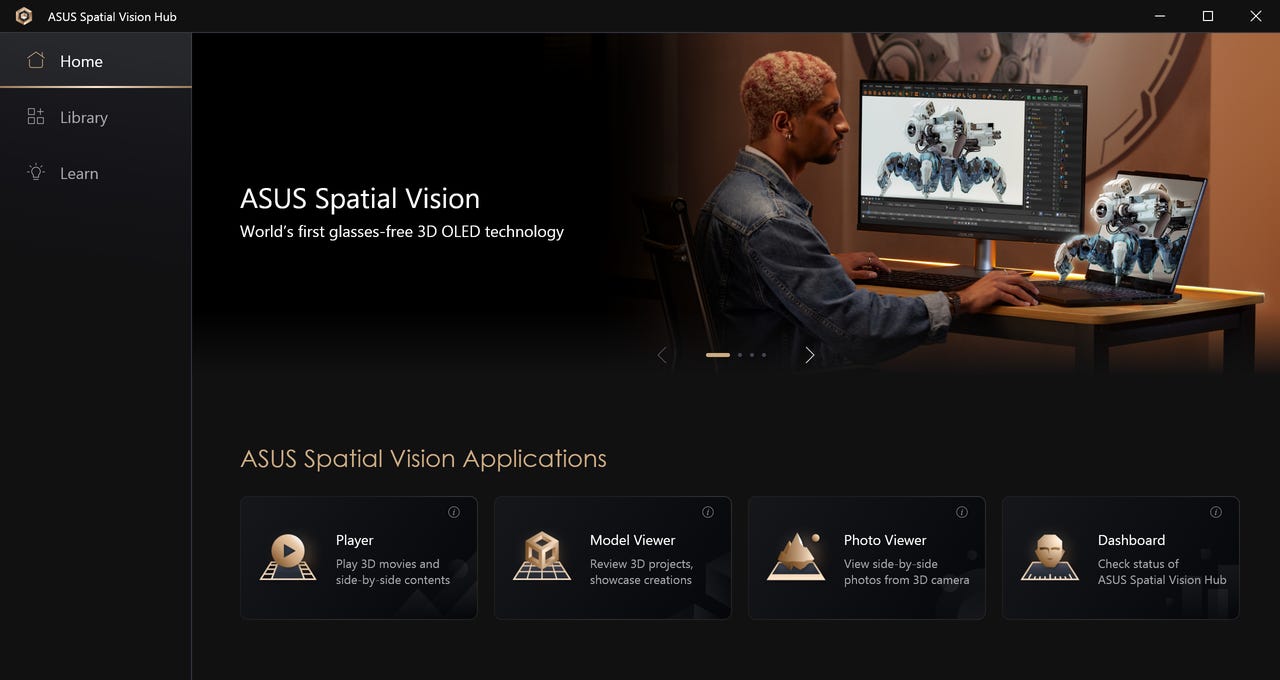'ZDNET Recommends': What exactly does it mean?
ZDNET's recommendations are based on many hours of testing, research, and comparison shopping. We gather data from the best available sources, including vendor and retailer listings as well as other relevant and independent reviews sites. And we pore over customer reviews to find out what matters to real people who already own and use the products and services we’re assessing.
When you click through from our site to a retailer and buy a product or service, we may earn affiliate commissions. This helps support our work, but does not affect what we cover or how, and it does not affect the price you pay. Neither ZDNET nor the author are compensated for these independent reviews. Indeed, we follow strict guidelines that ensure our editorial content is never influenced by advertisers.
ZDNET's editorial team writes on behalf of you, our reader. Our goal is to deliver the most accurate information and the most knowledgeable advice possible in order to help you make smarter buying decisions on tech gear and a wide array of products and services. Our editors thoroughly review and fact-check every article to ensure that our content meets the highest standards. If we have made an error or published misleading information, we will correct or clarify the article. If you see inaccuracies in our content, please report the mistake via this form.
Asus's new laptops let you view art in 3D above the screen, without VR/AR glasses


For product designers, artists, and other creative professionals, 3D technology offers a valuable chance to examine a design from every angle, before it goes into production. Typically, however, 3D experiences require a VR/AR headset or glasses. Now, Asus is making it easier to view images in 3D with a new glasses-free 3D OLED display.
Also: CES 2023 tech you can actually buy now
Asus calls its new display technology "Spatial Vision," and it will be available first on the ProArt Studiobook 16 3D OLED (H7604) and the Zenbook Pro 16X OLED (UX7602BZ).
With Spatial Vision, users should be able to easily switch between 2D and 3D, with 3D imagery appearing to lift off the screen. The glasses-free (autostereoscopic) 3D OLED technology uses a lenticular lens and advanced eye-tracking camera technology. This allows the display to create distinct images for each eye, which is what creates the 3D effect without the assistance of any wearables.
The OLED displays offer a 1,000,000:1 contrast ratio, a 0.2ms response time, and a 120Hz refresh rate for seamless visuals. To help users get started with innovative displays, Asus offers apps in the Asus Spatial Vision Hub for watching 3D videos and movies, playing 3D games, and enjoying 3D model visualization or content creation.
The ProArt Studiobook 16 opens up 180 degrees.
The ProArt Studiobook 16 3D OLED (H7604) is designed to be a mobile workstation for creators. The laptop screen can lie flat, offering any viewing angle up to 180 degrees. It comes with a 13th Gen Intel Core i9-13980HX processor, the Nvidia GeForce RTX 40 Series Laptop GPU, and up to 64GB of upgradeable memory.
The certified color-accurate 16-inch OLED display provides "unrivaled visuals," Asus says, while the device also has a stylus-compatible haptic touchpad and an Asus Dial rotary control.
Special Feature
In Q2 2023, the ProArt Studiobook 16 OLED family will be updated with a model featuring a pro-certified Nvidia RTX laptop GPU.
Meanwhile, the Vivobook Pro 16X 3D OLED (K6604) is a powerful 16-inch laptop for creators. It is configurable with up to 64GB DDR5 4800MHz RAM and up to a 2TB PCIe® 4.0 x4 SSD.
It includes a 13th Gen Intel Core i9-13980HX processor, with graphics provided by the Nvidia GeForce RTX 40 Series Laptop GPU, along with a MUX Switch and Nvidia Studio Driver support.
For more exciting launches, check out ZDNET's roundup of what's been announced at CES 2023 so far.